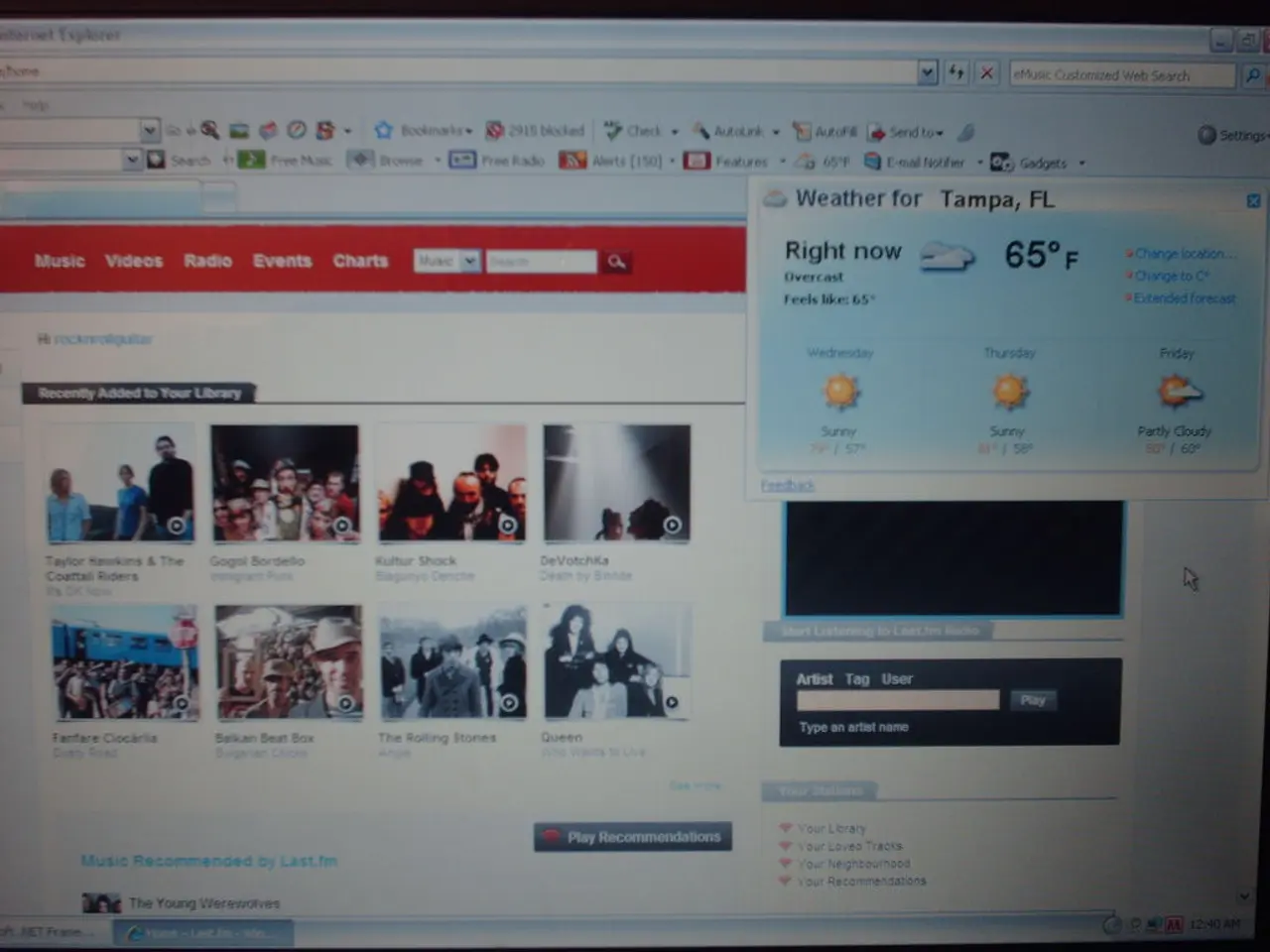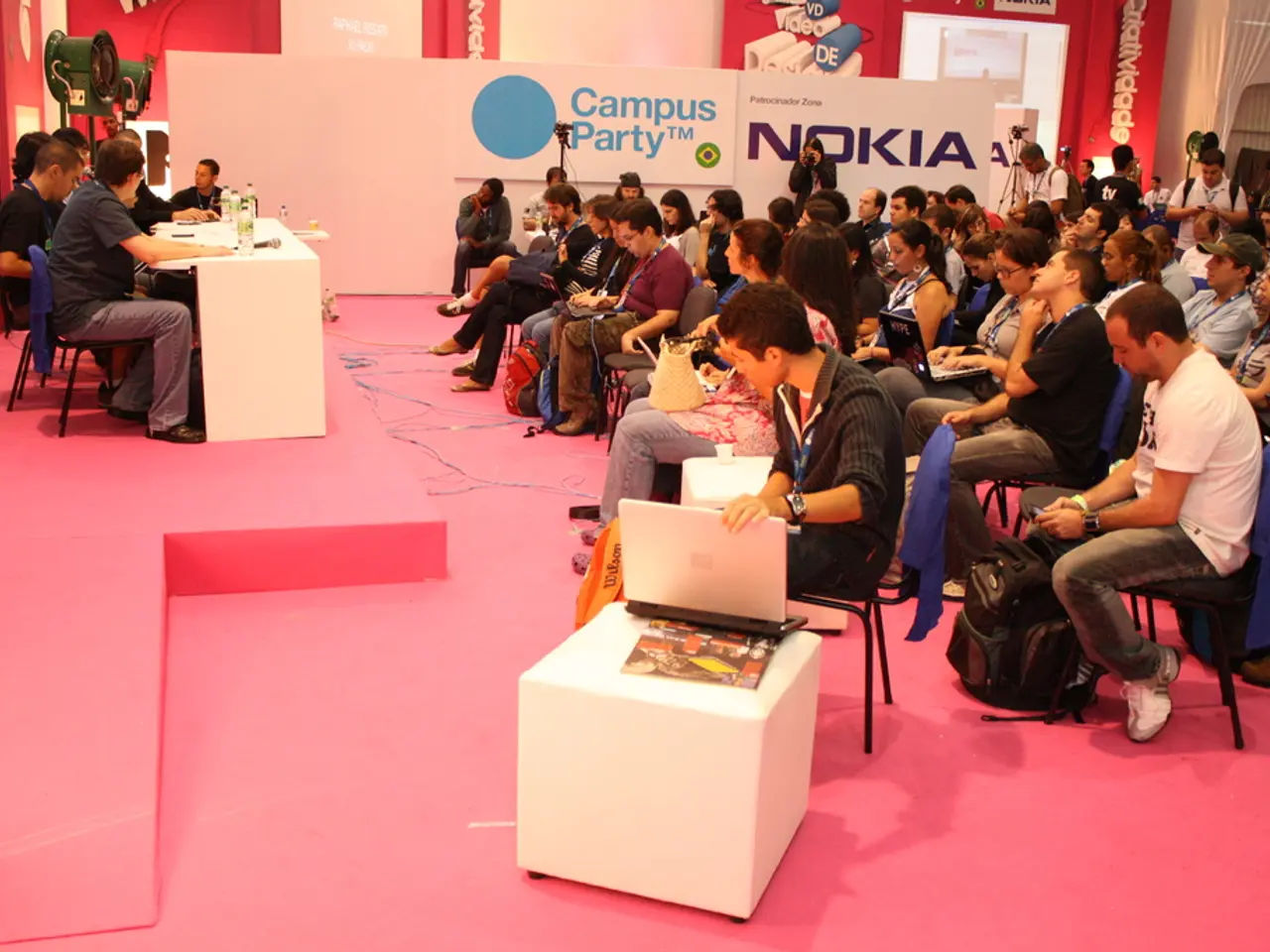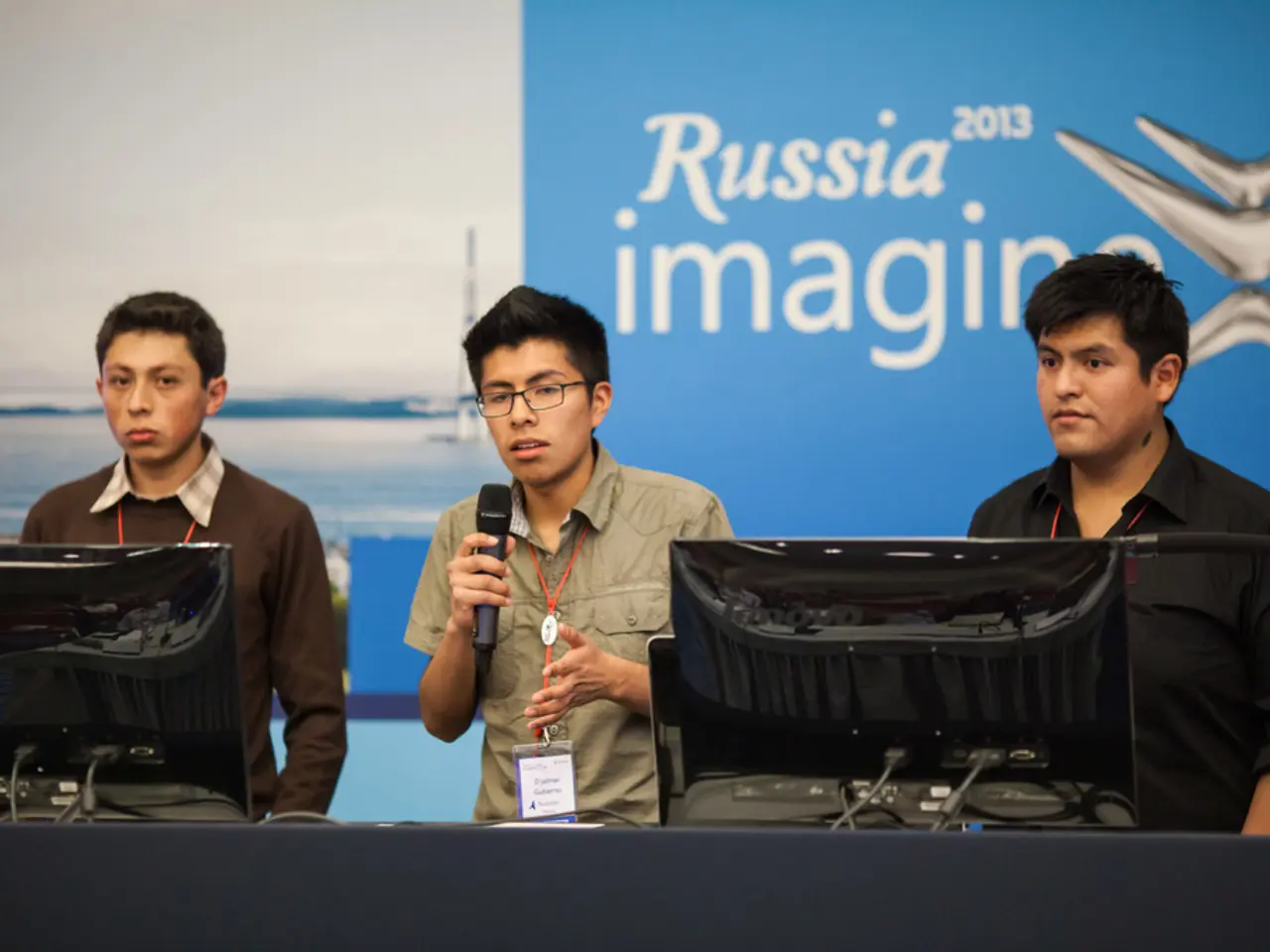Ancient Treasures Spanning Over Eight Centuries
===================================================================
In the heart of Berlin, a new residential and commercial quarter is planned for the Molkenmarkt, following the completion of extensive archaeological excavations. These excavations, one of Germany’s largest urban digs, have revealed a wealth of artifacts dating back to Berlin’s medieval founding through the 20th century.
Archaeologists have unearthed a trove of treasures, including medieval silver coins, wooden walkways from around 1230, fortified moats, wells, latrines, wooden cellars, dwellings, clay ovens, blacksmith remains, and everyday objects such as leather stockings, silk ribbons, toys, and tools. Among the most interesting finds are a coin treasure from the 13th century and a leather children's shoe discovered in an old latrine.
The Molkenmarkt excavation, which began in 2019, has also uncovered a Japanese samurai sword from the 17th century and a silk ribbon from China dating back to the 15th century. The exact value of the coins in the 13th century is not documented, but their thinness suggests they could easily be blown away by the wind if not covered with a glass dome.
The excavation work is far from complete, with the aim of exposing and evaluating the next layers underneath the site. Around 88,000 cubic meters of historical subsoil will need to be moved, with 50,000 of that done manually.
As the excavations continue, the design for the new Molkenmarkt Quarter will incorporate these archaeological findings by displaying part of this rich heritage publicly. Several unique artifacts and structural remnants will be exhibited, likely integrated into the urban layout or museum spaces nearby to provide a direct and vivid connection to Berlin’s medieval and early modern history.
This approach respects and preserves the deep historical layers uncovered, allowing residents and visitors to engage with Berlin’s origins while revitalizing the quarter with contemporary development. For example, discoveries are presented at the PETRI Berlin museum, designed to showcase this exceptional archaeological trove.
The planned Molkenmarkt Quarter will cover approximately 22,000 square meters and will continue to 2026, with an additional 5,000 square meters to be excavated. An architectural competition is currently underway for the Molkenmarkt Quarter, with high-rise construction expected to begin as early as 2029.
On Wednesday, the State Heritage Office presented new findings from the Molkenmarkt excavation, offering a glimpse into the fascinating history that lies beneath the future residential and commercial quarter.
- The fascination from Molkenmarkt's archaeological excavations has opened opportunities for finance and investing in real-estate, as the discoveries of medieval artifacts, historical structures, and ancient relics from various regions like Japan and China are attracting tourists and increasing the area's appeal.
- Upon completion, the Molkenmarkt Quarter will not only showcase the rich history of Berlin but also serve as an investment hotspot by integrating unique artifacts and historical remains into its urban layout and nearby museum spaces, creating a captivating and authentic atmosphere for residents and visitors alike.




